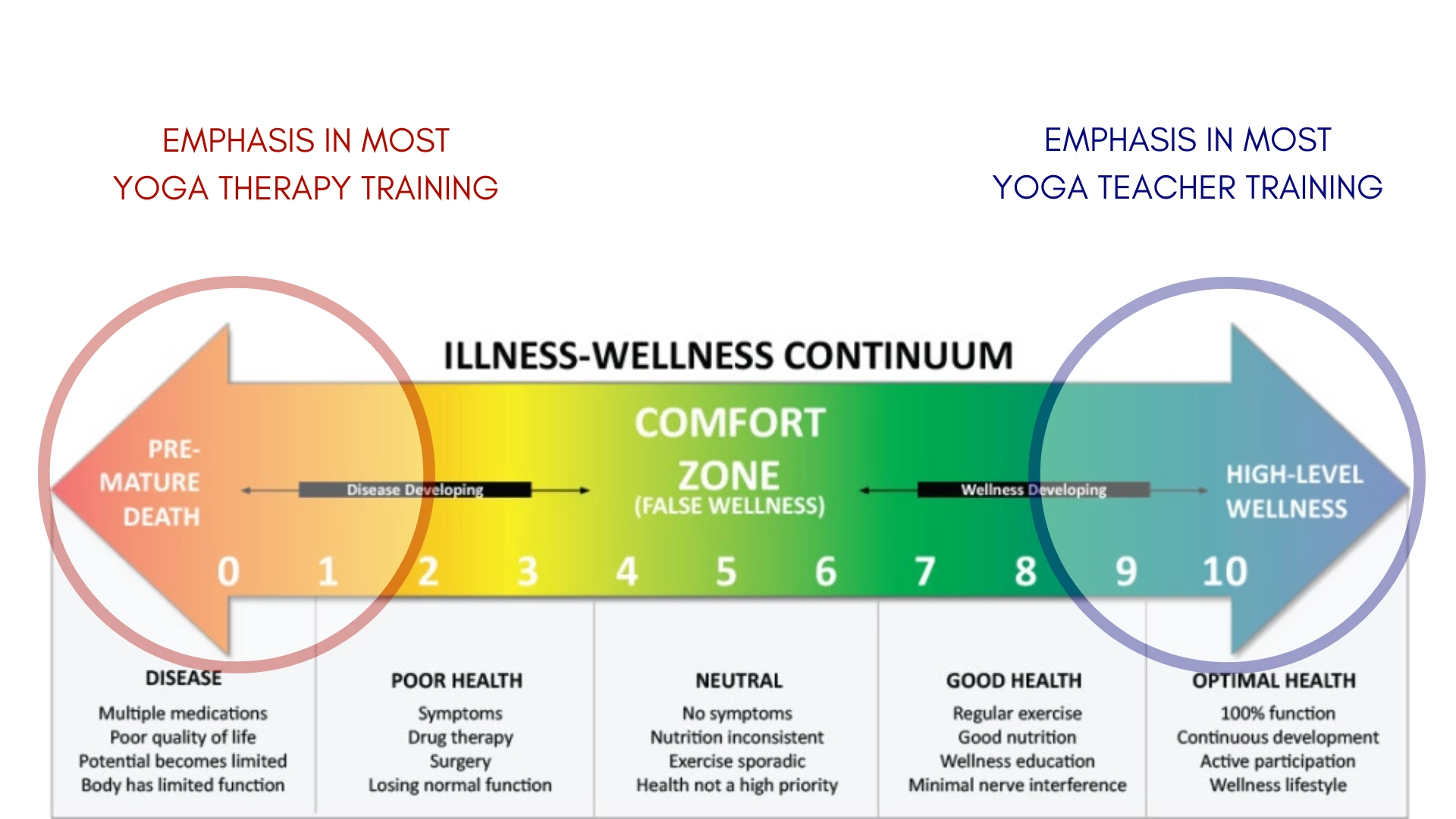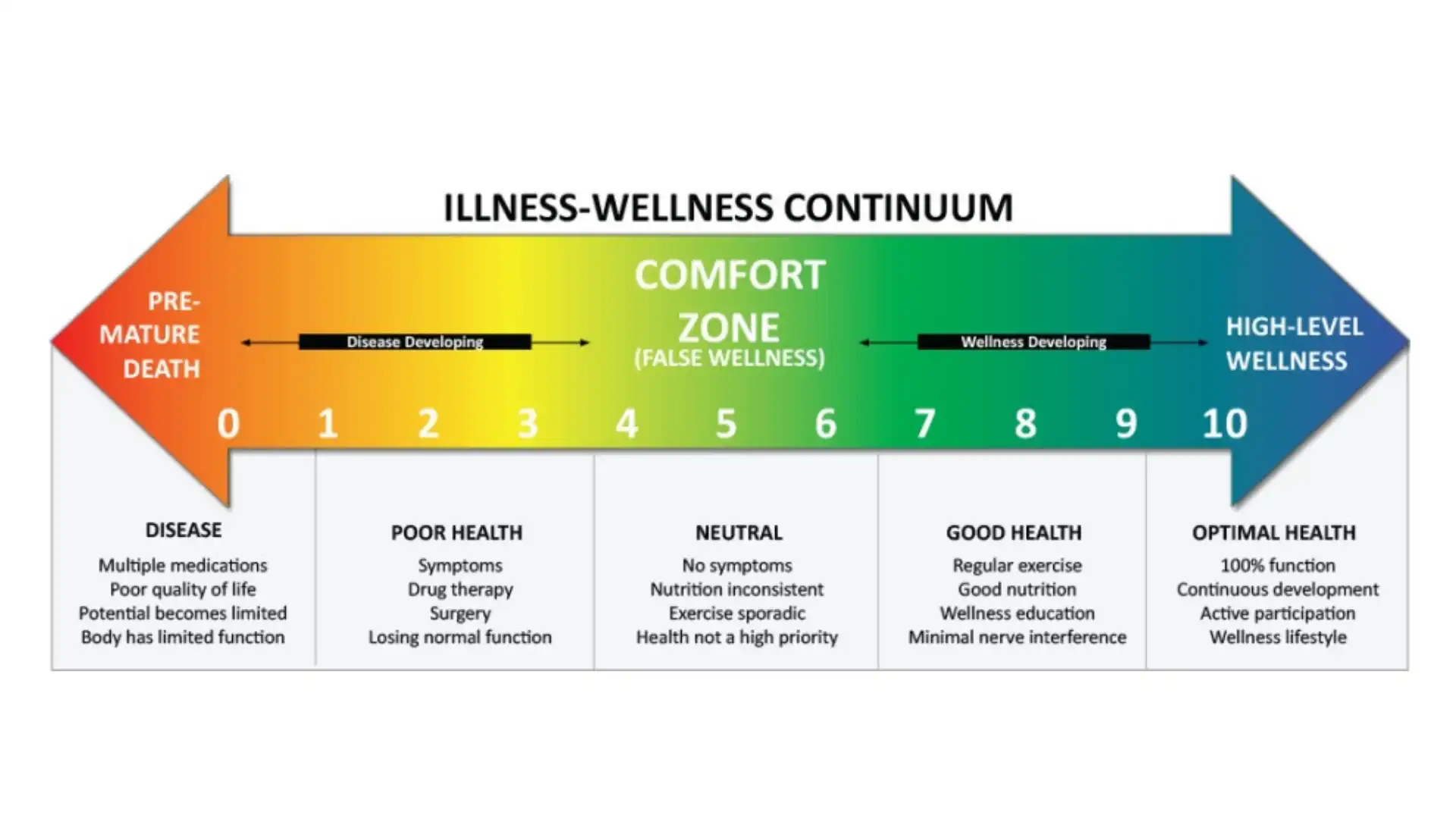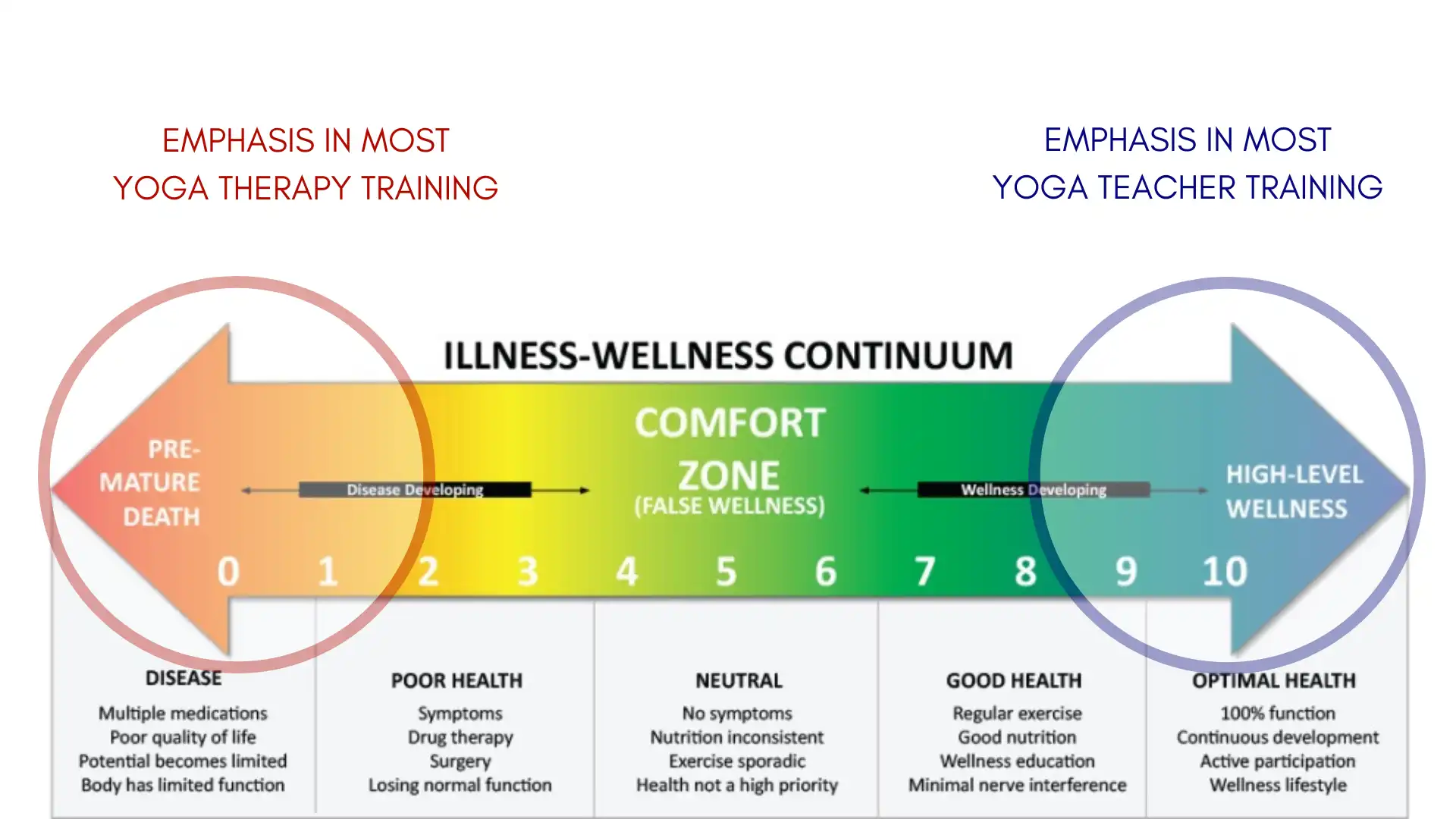Is It Time for a Paradigm Shift in Yoga Teaching: Teaching Opportunities in the Wellness Revolution with Julie Gudmestad

Article At A Glance
Many of the 80 million people interested in starting yoga are part of the so-called wellness revolution. They are people looking for ways to feel better, stay physically healthy, and for ways to achieve their highest potential for well-being. Yoga teachers, the new paradigm shift necessary in yoga teaching, is explored here.
According to the latest Yoga in America survey, about 80 million people say they want to start yoga. However, will they be able to start yoga as it is currently taught in most studios?
In a recent talk with YogaUOnline, Iyengar yoga teacher Julie Gudmestad explored that question and asked: Is it time for a paradigm shift in yoga teaching?
“Yoga is about healing; it’s helping take us towards a state of wholeness,” notes Iyengar yoga teacher Julie Gudmestad. “It has benefits for everybody regardless of their age or health condition. Unfortunately, we often overlook that in how yoga is taught in today’s studio environment.”
Too often, Julie notes, people try yoga and get overwhelmed, and a vast percentage get turned off and end up feeling that they failed at yoga. But instead, Julie notes, yoga failed them.

Yoga in the Wellness Revolution—Disregarding a Billion-Dollar Market
A large percentage of the 80 million people interested in starting yoga are part of the so-called wellness revolution. They are people looking for ways to feel better, stay physically healthy, and for ways to achieve their highest potential for well-being.
They are also driven by the more mundane desire to feel good, to stay healthy and well-functioning as long as possible, and to be proactive about their health rather than relying on the after-the-fact crisis intervention of mainstream medicine.
Unfortunately, most yoga teacher trainings, and even yoga therapy training, is set to serve the needs of only a limited number of people.

For the most part, yoga teacher training caters to young and able-bodied people. And yoga therapy training, as it has developed, focuses on helping people with the disease and disability part of the continuum.
In the middle are some 50-60 million people who would potentially be interested in practicing yoga if only they could find a teacher who can teach them effectively.
Is It Time for a Paradigm Shift in Yoga Teaching?
Missing out on a potential 50-60 million market, financially speaking, is not smart. Worse, it does a disservice to the millions of people who could enjoy the healing benefits of yoga if steps were taken to develop a yoga teaching methodology suitable for this group of people.
In answer to this issue, Julie developed her own system of teaching yoga at her Gudmestad Yoga studio in Portland, OR. The system is based on teaching yoga in courses or terms and teaching the teachers how to observe the musculoskeletal limitations of students, and offering teaching methodology that’s appropriate to their physical abilities and their level of experience.
The Gudmestad approach to teaching anatomy-based yoga must have hit the right note because the studio grew to more than 700 monthly students in a highly competitive environment.
But that’s not the only way to dramatically expand the number of yoga students we serve. In our new Yoga 2.0 Wellness Educator training, we go into depth on how to teach yoga in ways that enable us to grow the profession and take yoga teaching to the next step. It is time to bring yoga to the people who need it the most.



